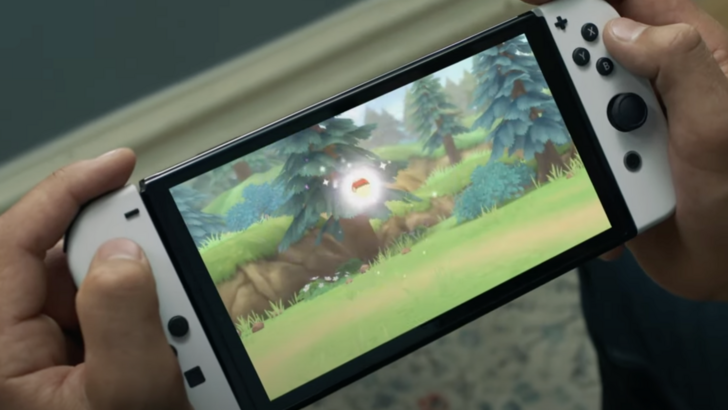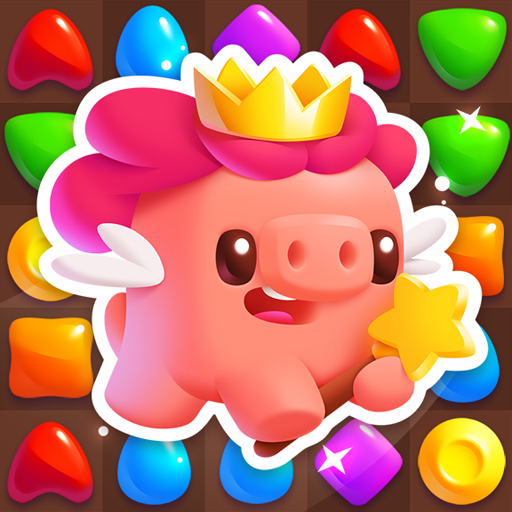"Angry Kirby" Unveiled: Ex-Nintendo Staff Insights
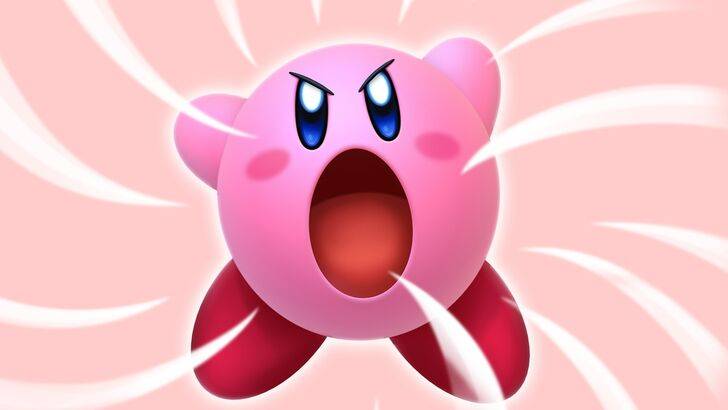
Former Nintendo employees have shed light on why Kirby's appearance differs in the U.S. compared to Japan. Dive into the reasons behind Kirby's unique marketing to Western audiences and explore Nintendo's broader localization strategies.
"Angry Kirby" Was Made To Appeal To Wider Audiences
Nintendo Rebranded Kirby For More Appeal In The West

Kirby's fiercer and tougher appearance on game covers and artworks was designed to attract American audiences, earning the nickname "Angry Kirby" from fans. In a January 16, 2025, interview with Polygon, former Nintendo Localization Director Leslie Swan discussed the decision to alter Kirby's look in the West.
Swan clarified that the intent was not to make Kirby look angry but to convey determination. She noted, "Cute, sweet characters are universally popular in Japan," while adding, "In the U.S., however, tween and teen boys are more drawn to characters that exude toughness."
Kirby: Triple Deluxe Director Shinya Kumazaki shared with GameSpot in 2014 that while cute Kirby attracts a large audience in Japan, a "strong, tough Kirby that's really battling hard" resonates more with U.S. players. However, he acknowledged that this varies by title, citing Kirby Super Star Ultra as an example where both U.S. and Japanese box art featured a tough Kirby. Kumazaki emphasized that while showcasing Kirby's serious side through gameplay was important, the character's cuteness remained the primary draw in Japan.
Advertising Kirby As "Super Tuff Pink Puff"

Nintendo's marketing strategy aimed to broaden Kirby's appeal, particularly among boys, leading to the "Super Tuff Pink Puff" campaign for Kirby Super Star Ultra on the Nintendo DS in 2008. Former Nintendo of America Public Relations Manager Krysta Yang explained that Nintendo sought to shed its "kiddie" image during her early tenure. "There was a push for gaming to have a more adult and cool factor," she said, adding, "Being labeled 'kiddie' was a real drawback."
Nintendo's marketing deliberately portrayed Kirby as tougher and focused more on the combat elements of its games to distance the character from being perceived solely as a children's game. In recent years, Kirby's personality has taken a backseat to gameplay and abilities, as seen in the promotional materials for Kirby and the Forgotten Land in 2022. Yang noted, "There's been a consistent effort to evolve Kirby into a more well-rounded character, yet the general perception of Kirby remains tied to cuteness rather than toughness."
Nintendo’s U.S. Localization For Kirby
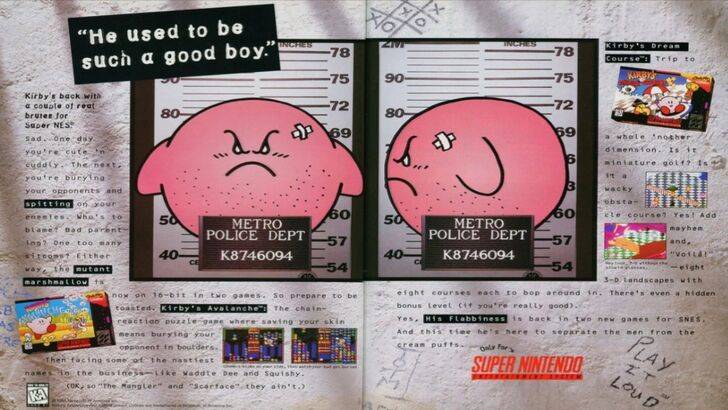
The localization differences for Kirby in Japan and the U.S. began with a notable 1995 print ad featuring Kirby in a mugshot for Nintendo's "Play It Loud" campaign. Over time, U.S. box art for titles like Kirby: Nightmare in Dream Land (2002), Kirby Air Ride (2003), and Kirby: Squeak Squad (2006) depicted Kirby with sharp eyebrows and a stern expression.
However, Nintendo's adjustments went beyond facial expressions. The original Kirby’s Dreamland for GameBoy in 1992 had U.S. box art showing Kirby in a ghostly-white tone, differing from the pink hue of the Japanese version. This was due to the GameBoy's monochrome display, but it posed a challenge as Swan explained, "A puffy pink character for boys trying to be cool just wasn't going to meet sales expectations."
This led Nintendo of America to modify Kirby's facial expressions in U.S. box artwork to appeal to a broader audience. In recent times, Kirby's global advertising has standardized, alternating between serious and gleeful expressions.
Nintendo’s Global Approach
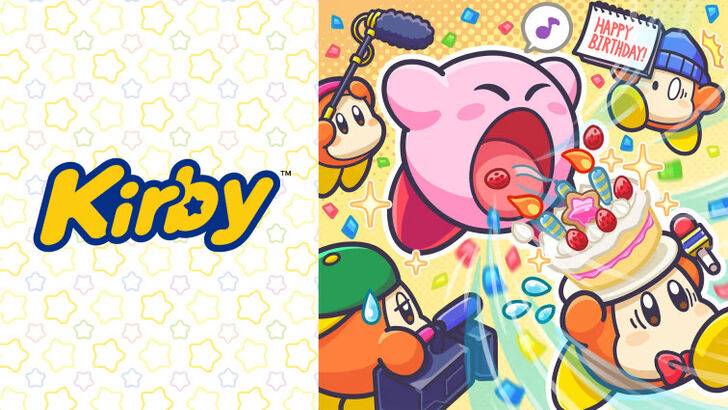
Both Swan and Yang agree that Nintendo has adopted a more global perspective in recent years. Nintendo of America collaborates closely with the Japan office to ensure more consistent marketing and localization strategies, moving away from regional variations like the 1995 Kirby "Play It Loud" ad.
Yang explained that the shift toward global marketing was a strategic business decision. "It brings consistency to the brand across all regions," she said, "but it can sometimes overlook regional differences, potentially leading to generic marketing for some of Nintendo's products."
Game localizers attribute the current trend in localization, or the lack thereof, to the industry's globalization and the increasing familiarity of Western audiences with Japanese culture through games, movies, manga, anime, and other media.
-
1
![Roblox Forsaken Characters Tier List [UPDATED] (2025)](https://imgs.ksjha.com/uploads/18/17380116246797f3e8a8a39.jpg)
Roblox Forsaken Characters Tier List [UPDATED] (2025)
Mar 17,2025
-
2
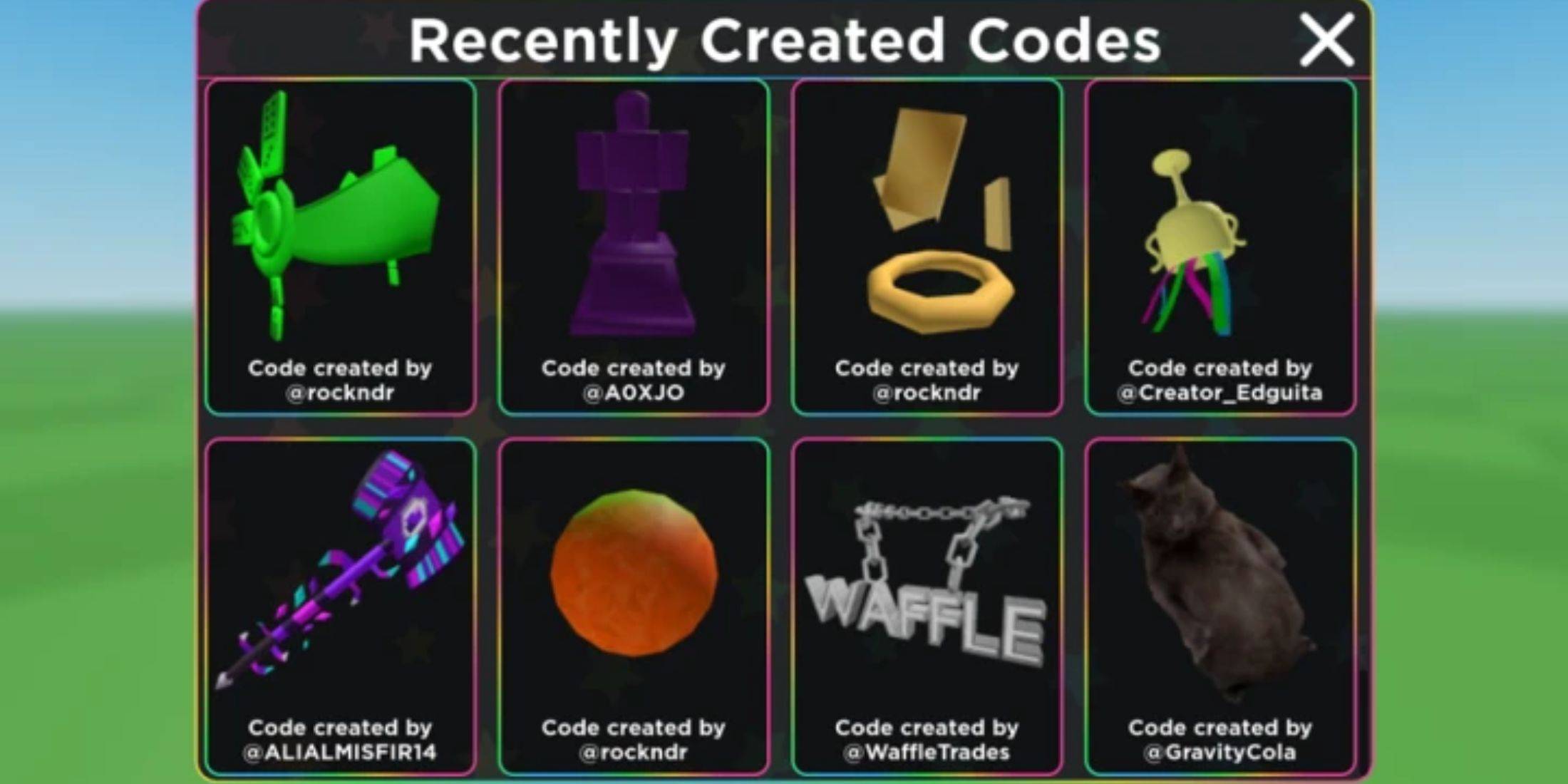
Roblox UGC Limited Codes Unveiled for January 2025
Jan 06,2025
-
3
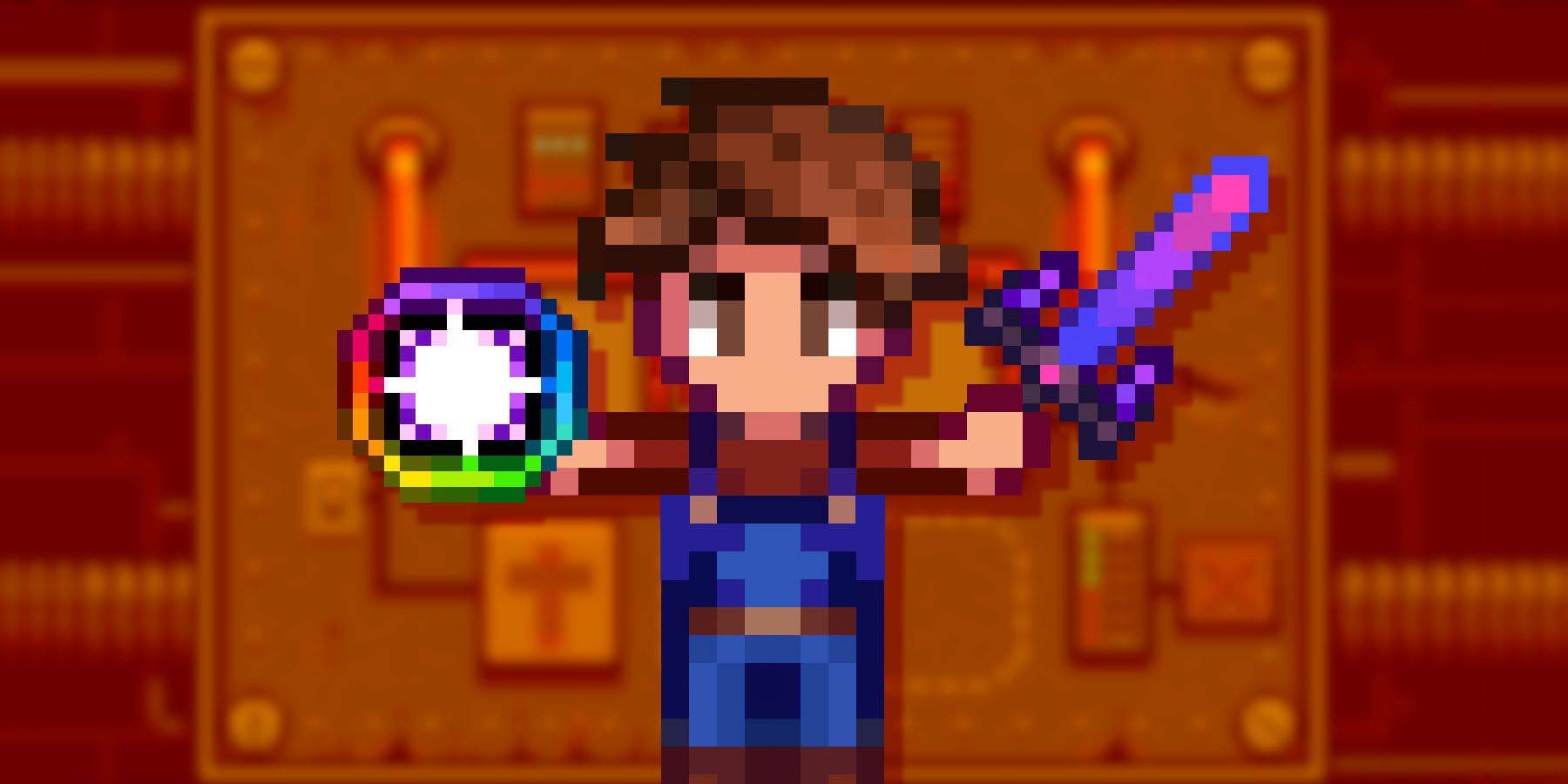
Stardew Valley: A Complete Guide To Enchantments & Weapon Forging
Jan 07,2025
-
4

Pokémon TCG Pocket: Troubleshooting Error 102 Resolved
Jan 08,2025
-
5

Free Fire Characters 2025: Ultimate Guide
Feb 20,2025
-
6
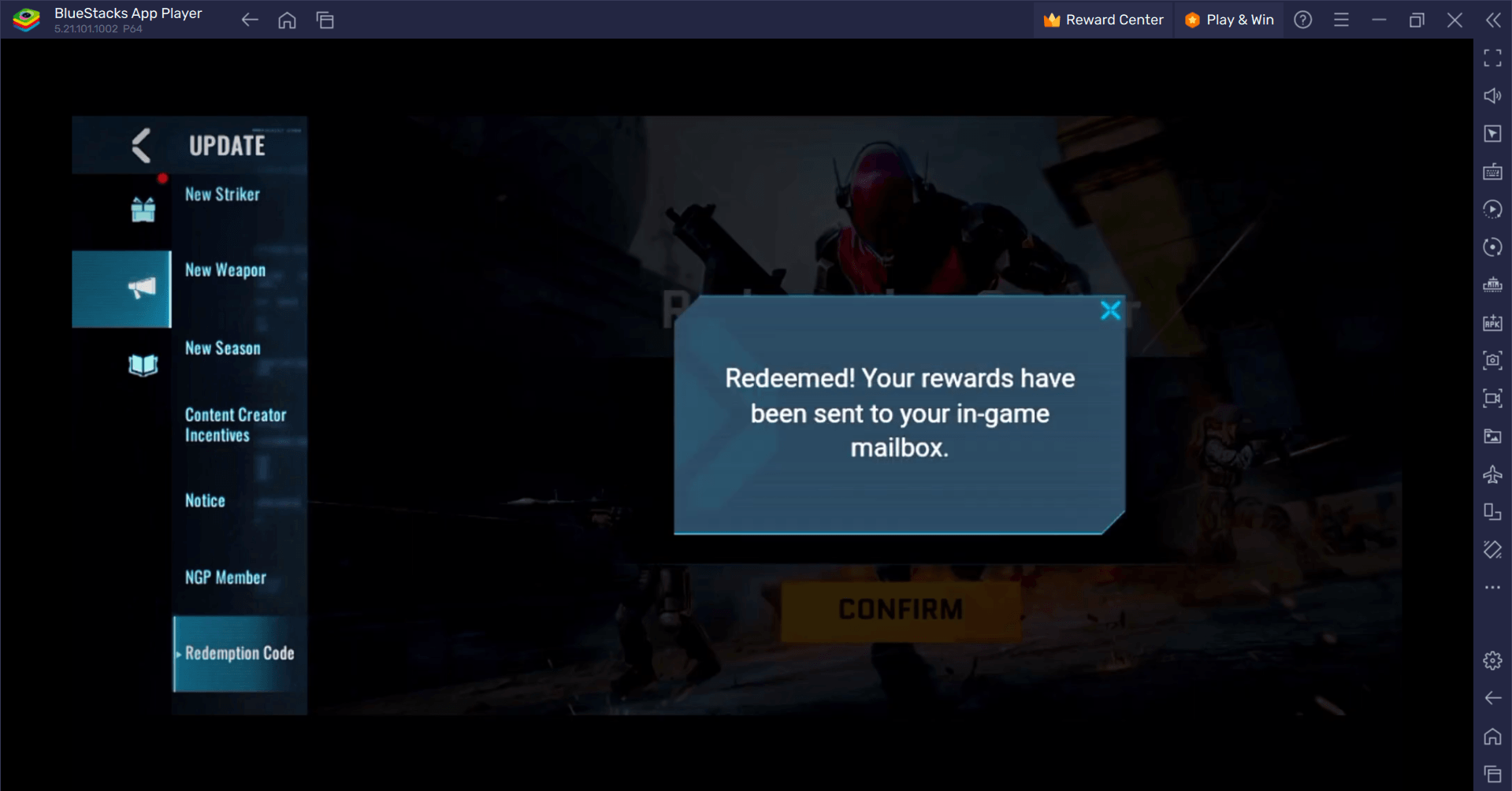
Blood Strike - All Working Redeem Codes January 2025
Jan 08,2025
-
7

Blue Archive Unveils Cyber New Year March Event
Dec 19,2024
-
8

Roblox: RIVALS Codes (January 2025)
Jan 07,2025
-
9

Cyber Quest: Engage in Captivating Card Battles on Android
Dec 19,2024
-
10

Delta Force: A Complete Guide to All Campaign Missions
Apr 09,2025
-
Download

A Simple Life with My Unobtrusive Sister
Casual / 392.30M
Update: Mar 27,2025
-
Download

Random fap scene
Casual / 20.10M
Update: Dec 26,2024
-
Download
![Corrupting the Universe [v3.0]](https://imgs.ksjha.com/uploads/66/1719514653667db61d741e9.jpg)
Corrupting the Universe [v3.0]
Casual / 486.00M
Update: Dec 17,2024
-
4
Ben 10 A day with Gwen
-
5
Oniga Town of the Dead
-
6
A Wife And Mother
-
7
Cute Reapers in my Room Android
-
8
Permit Deny
-
9
Utouto Suyasuya
-
10
Roblox

